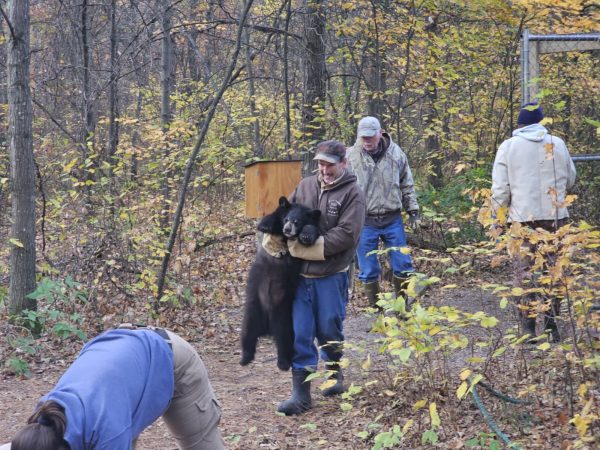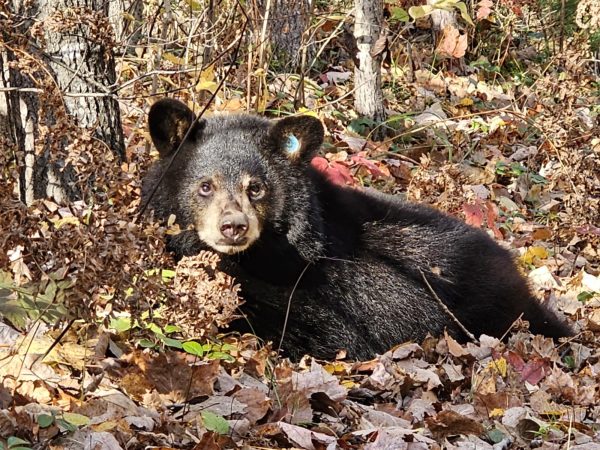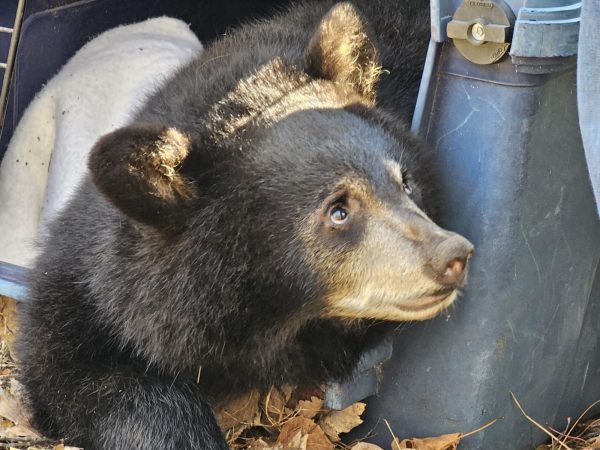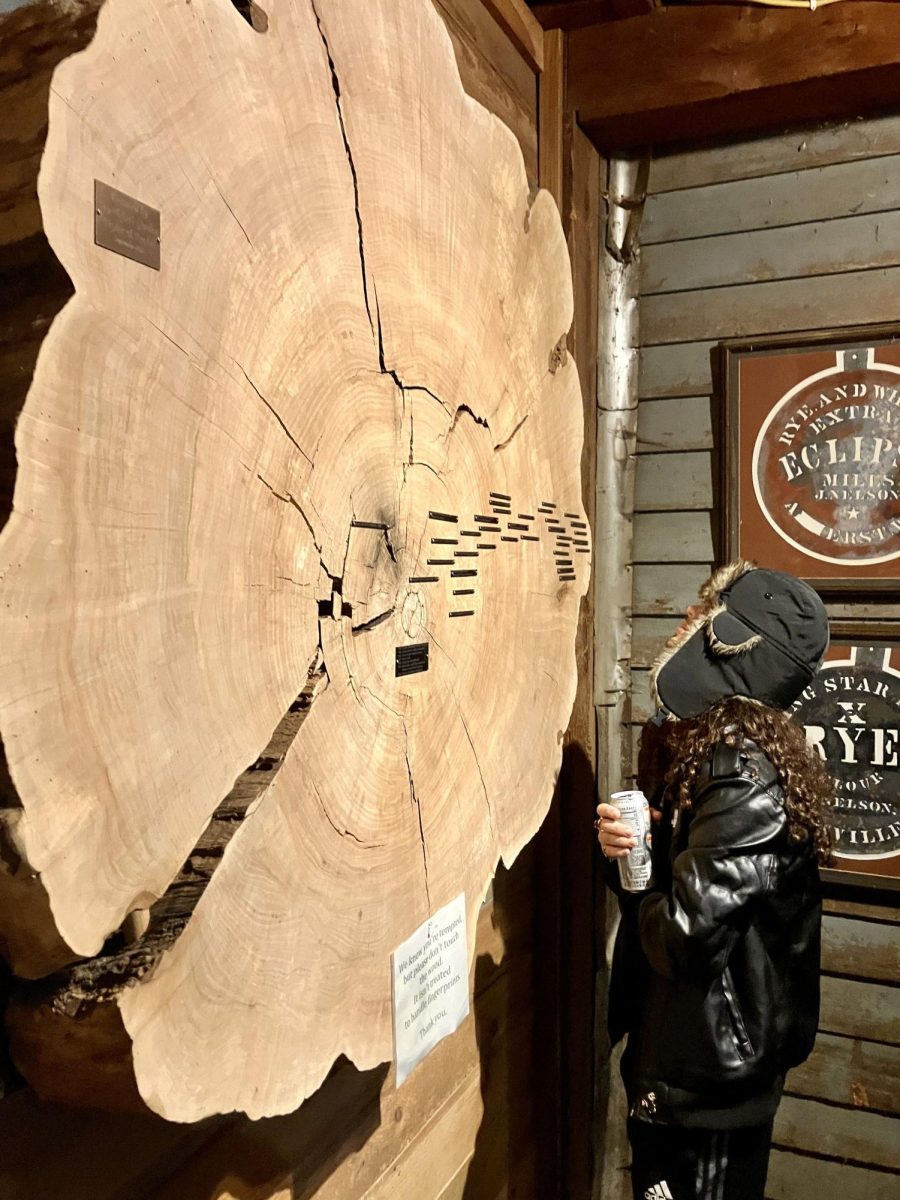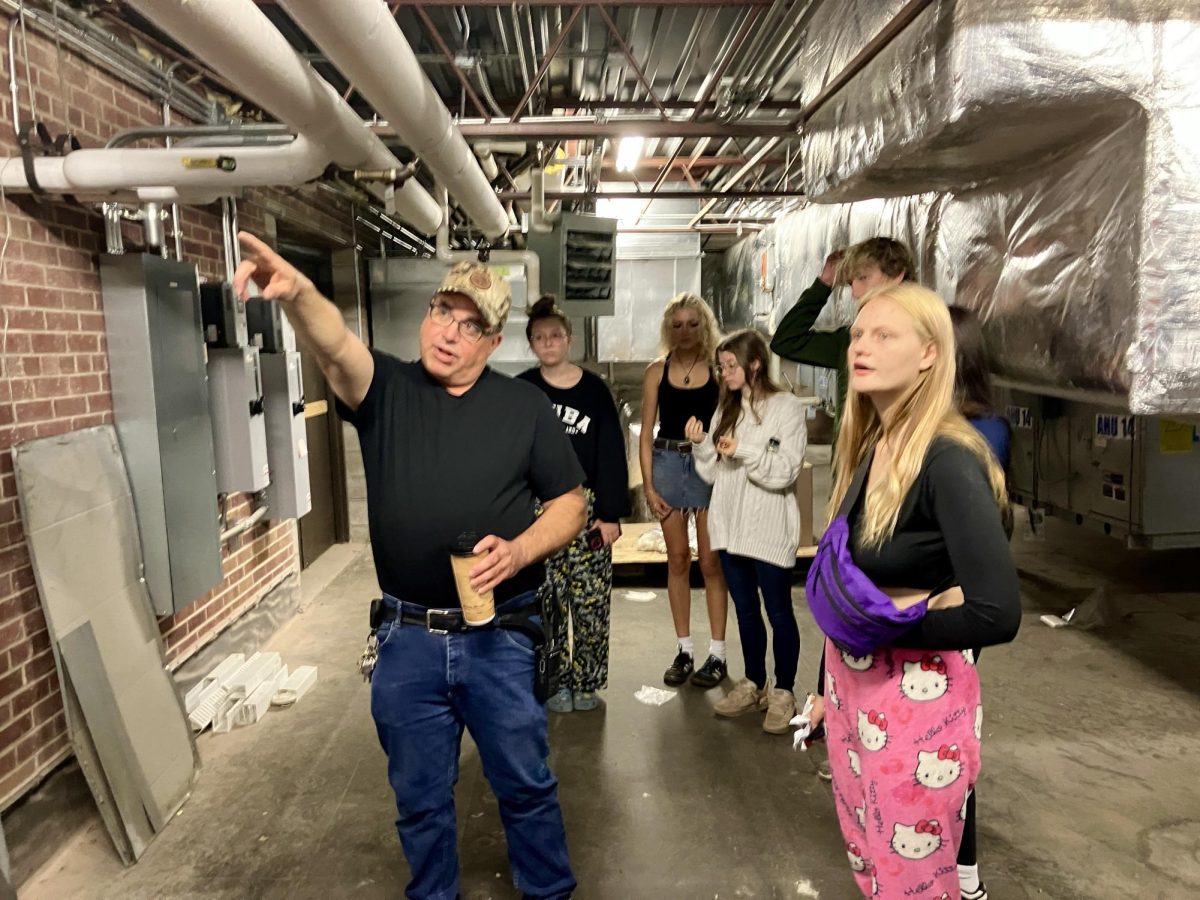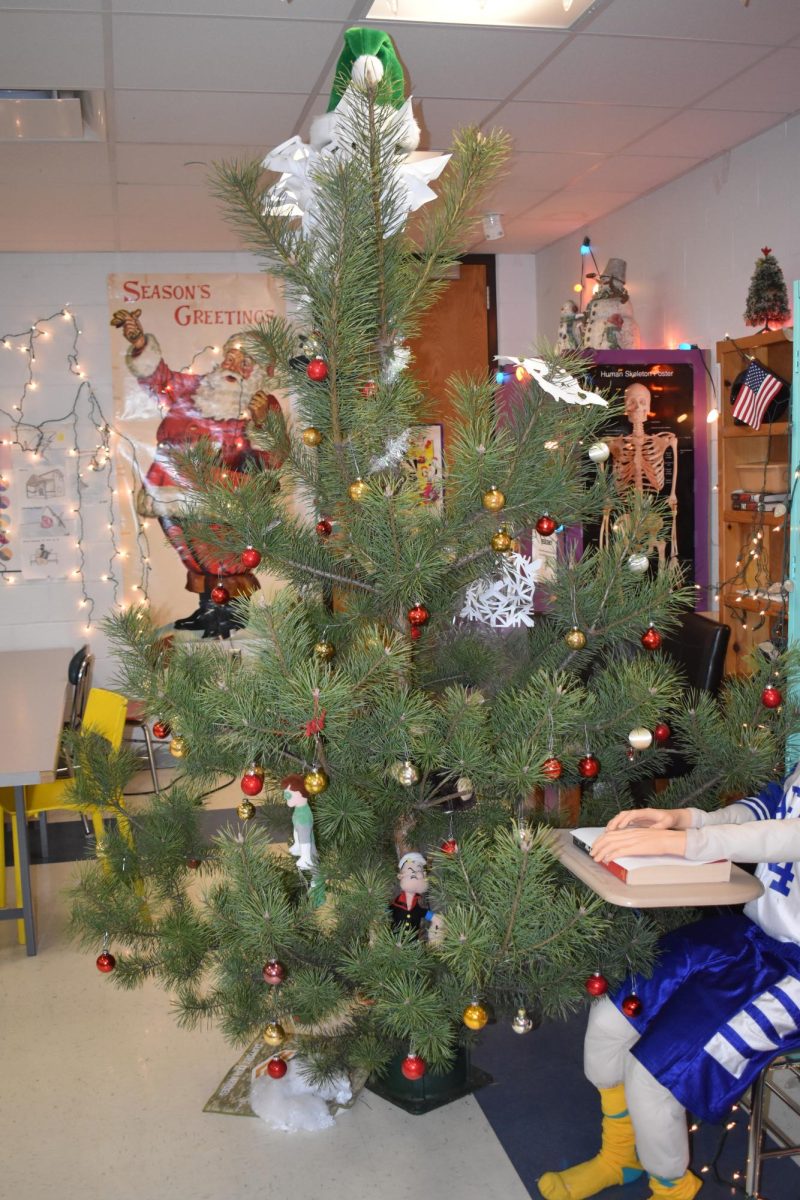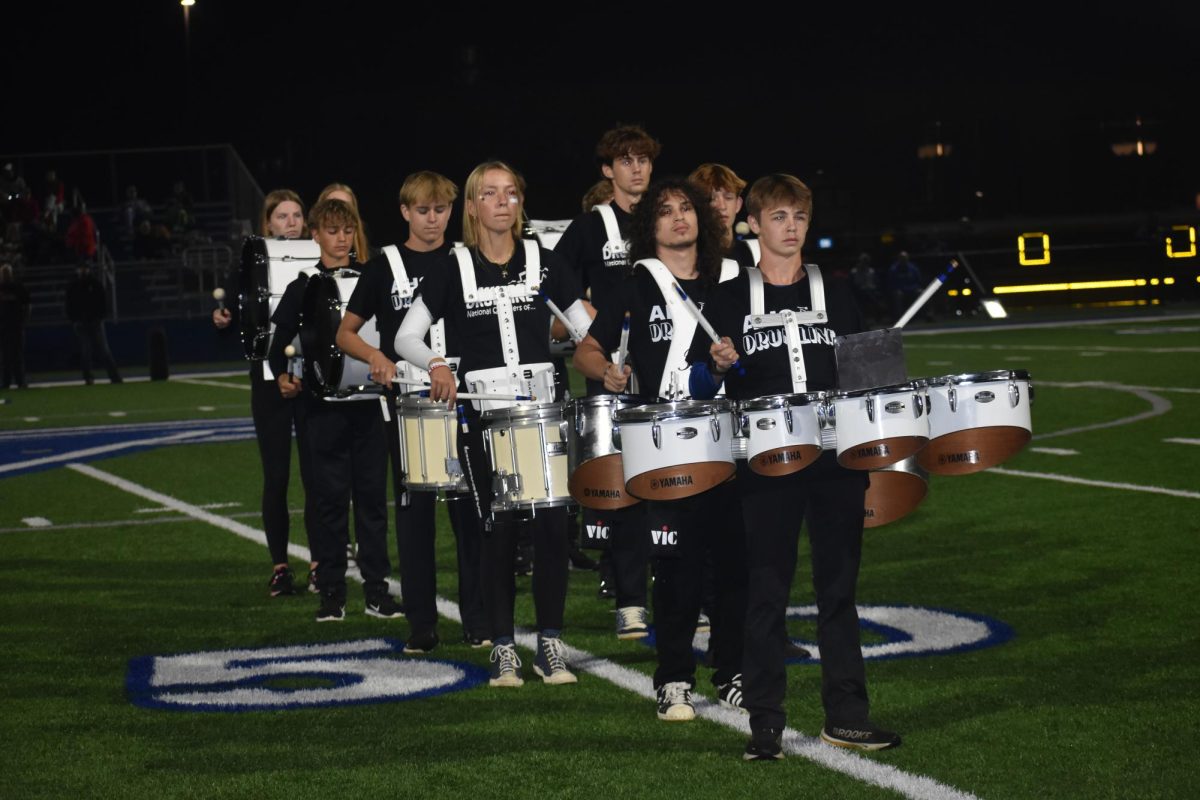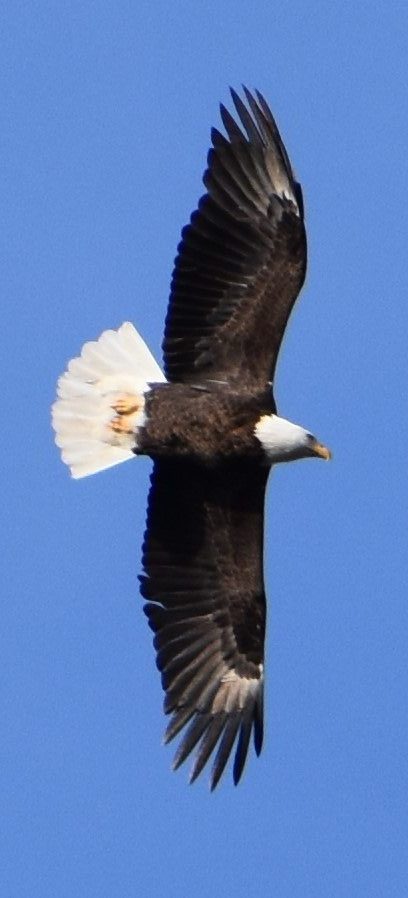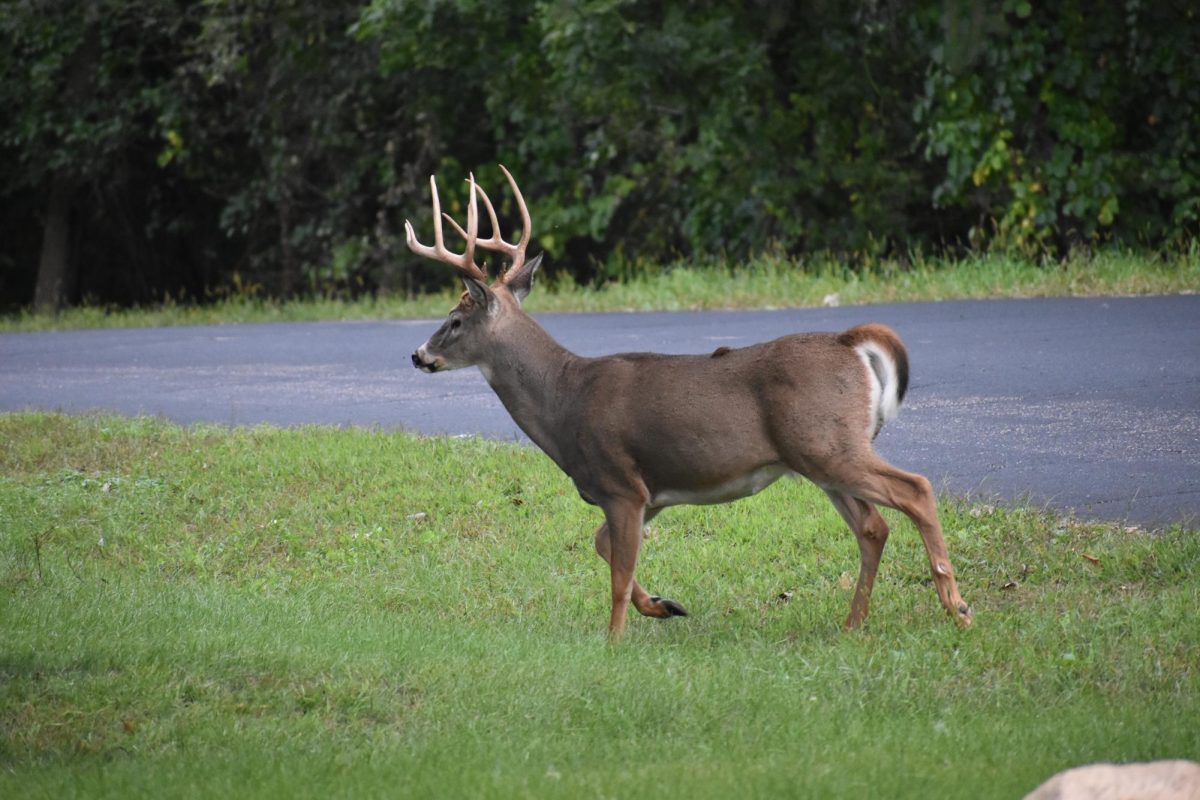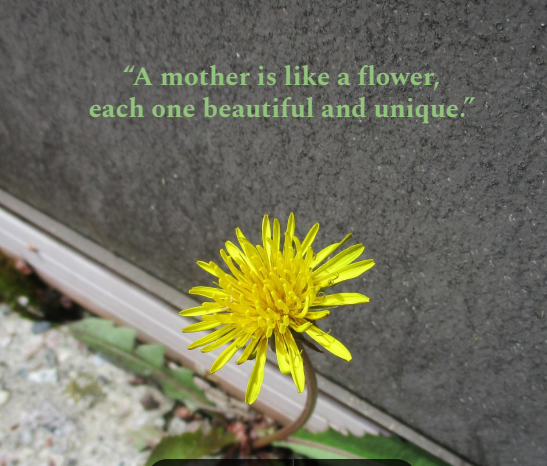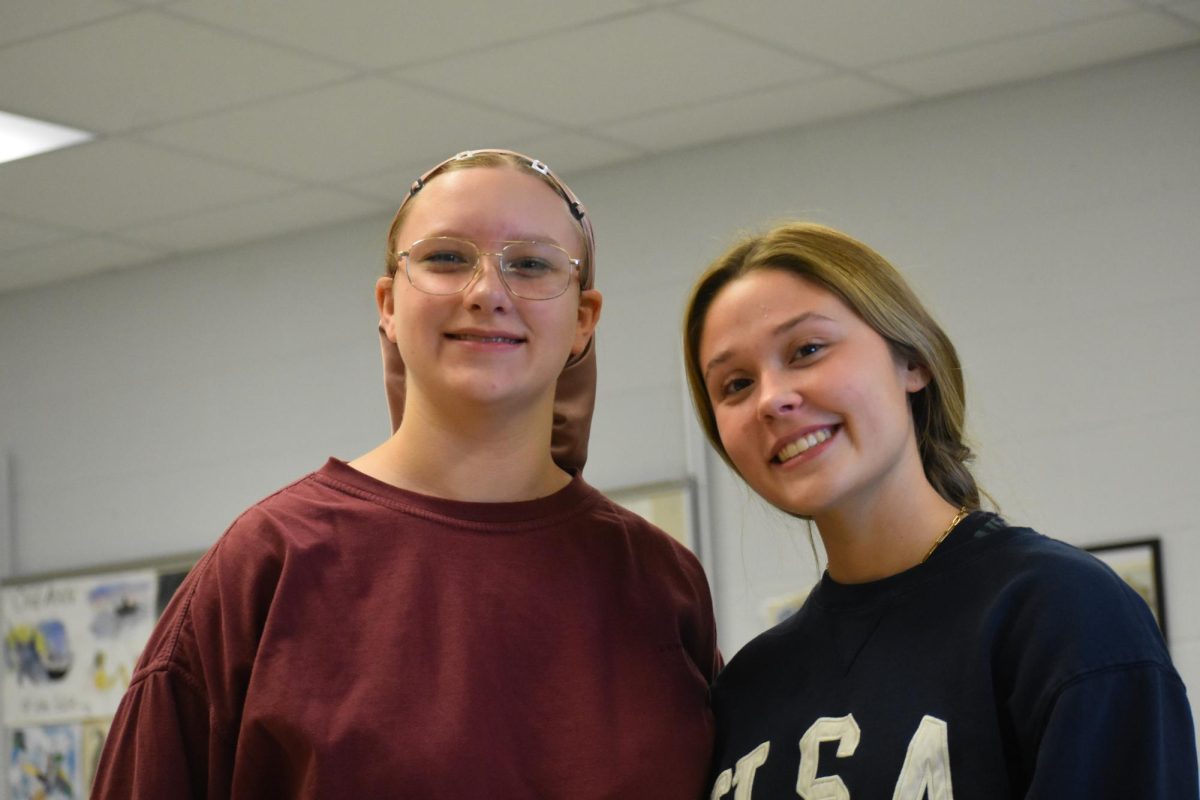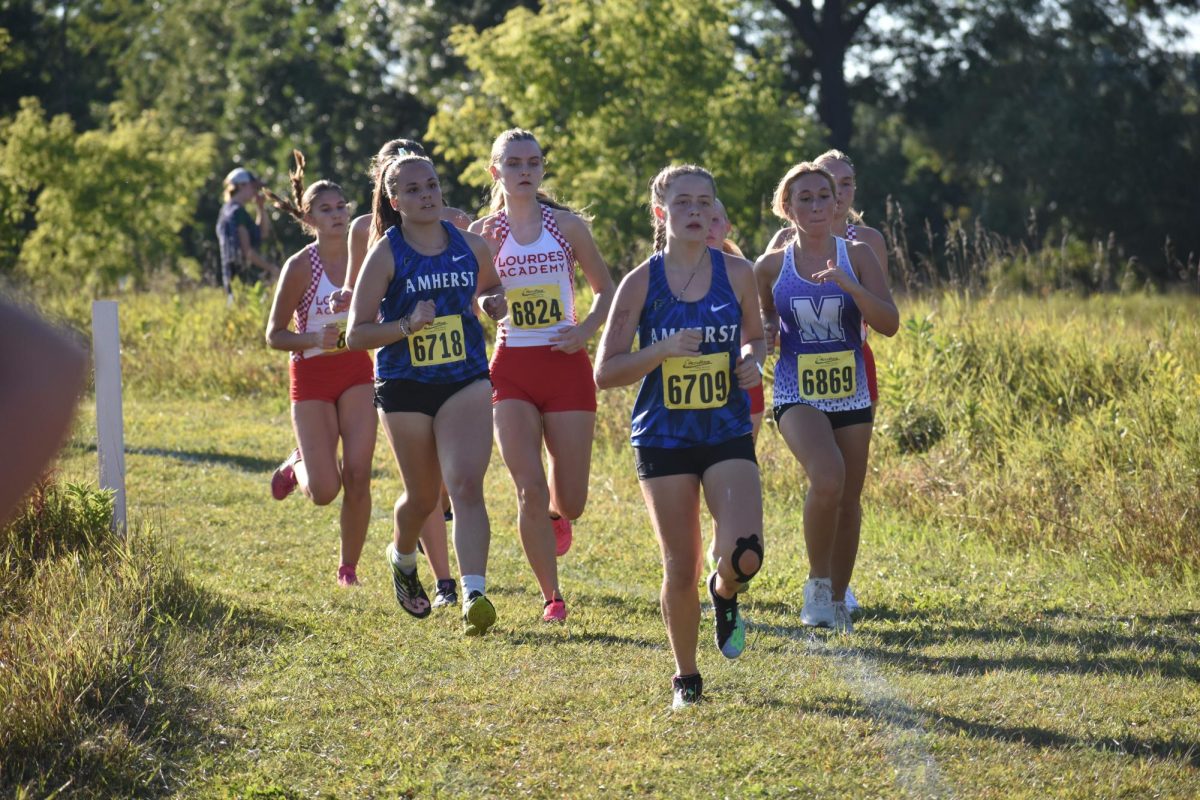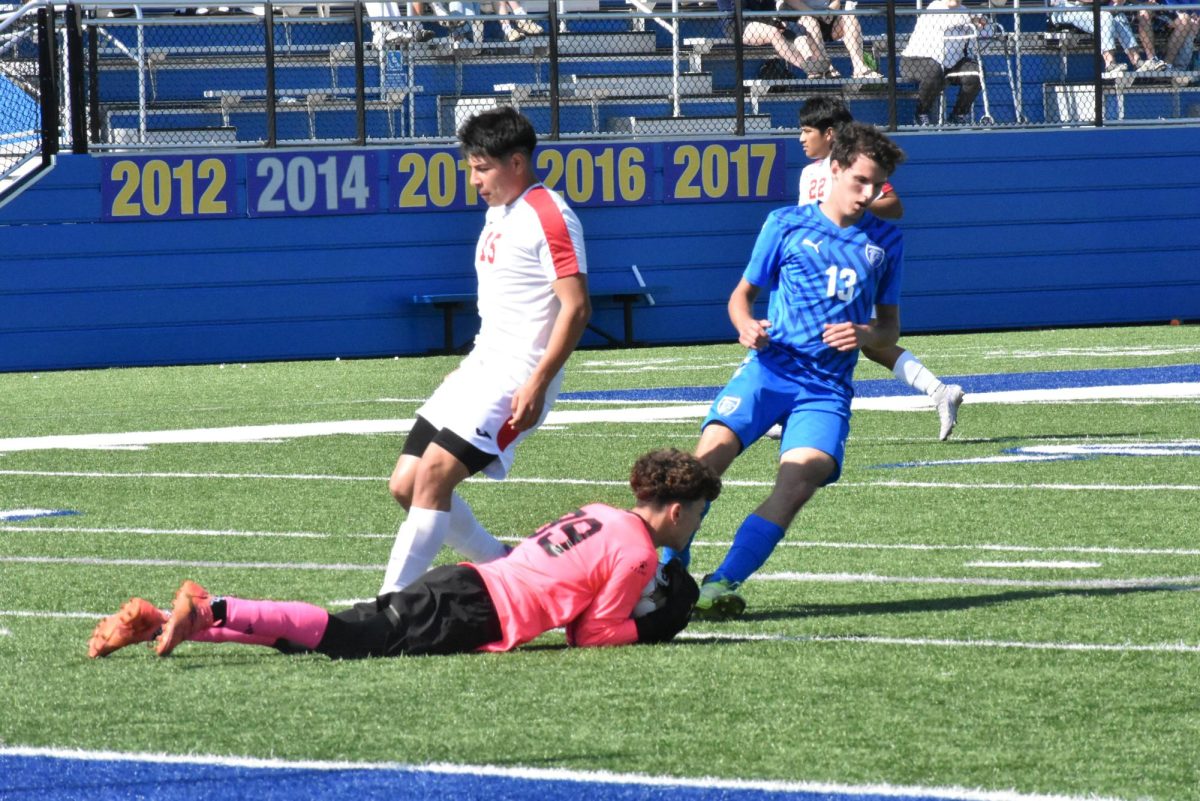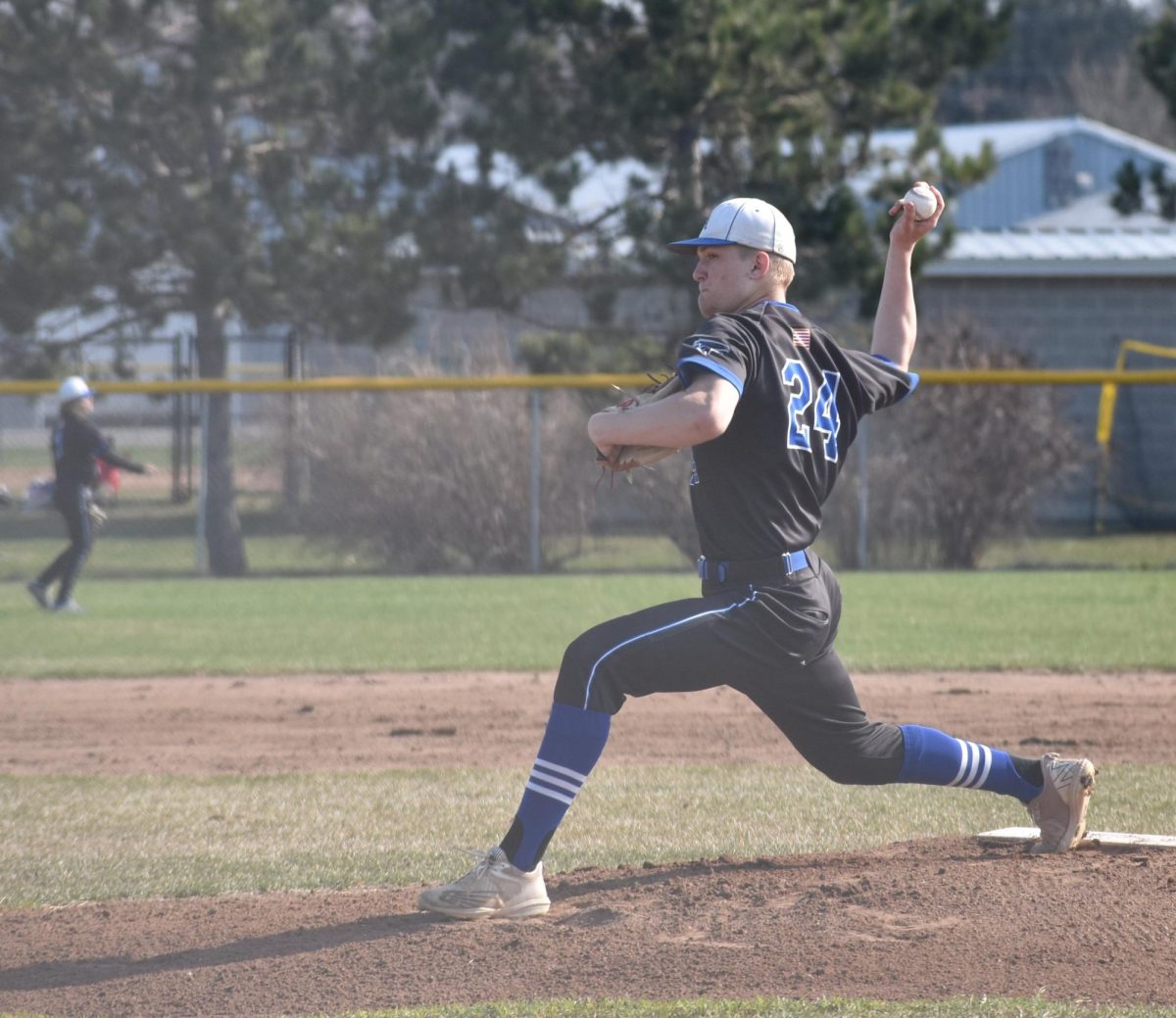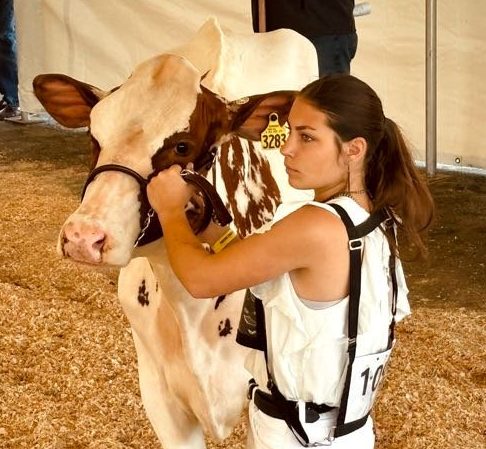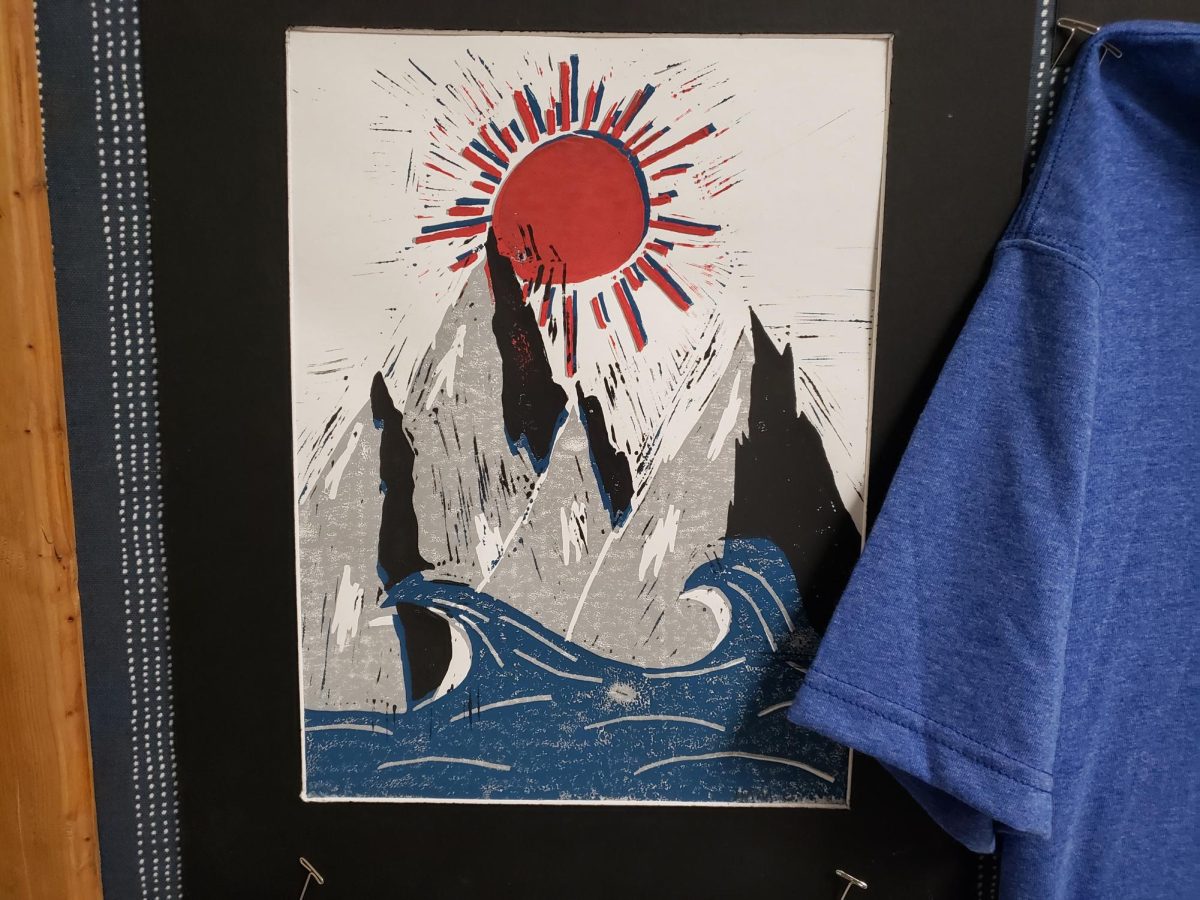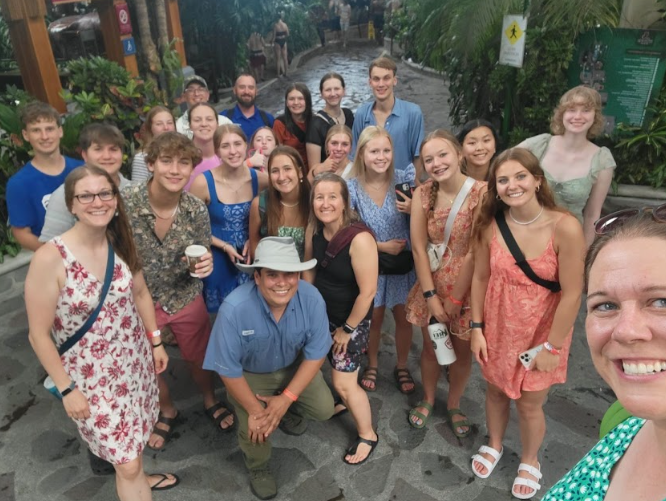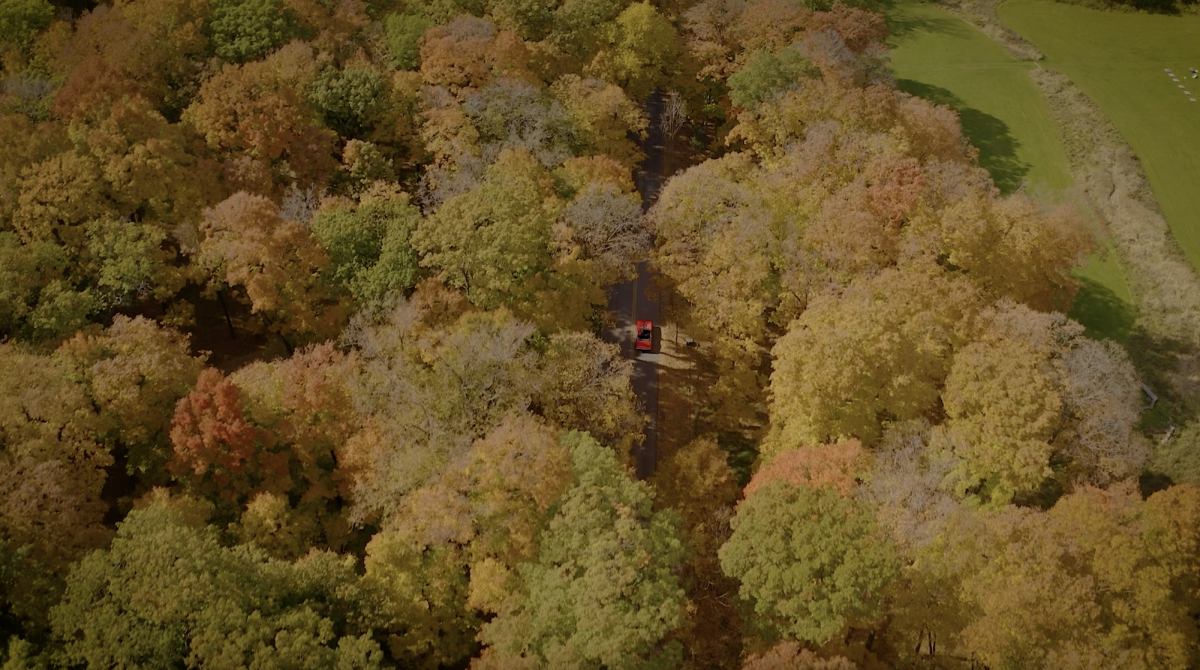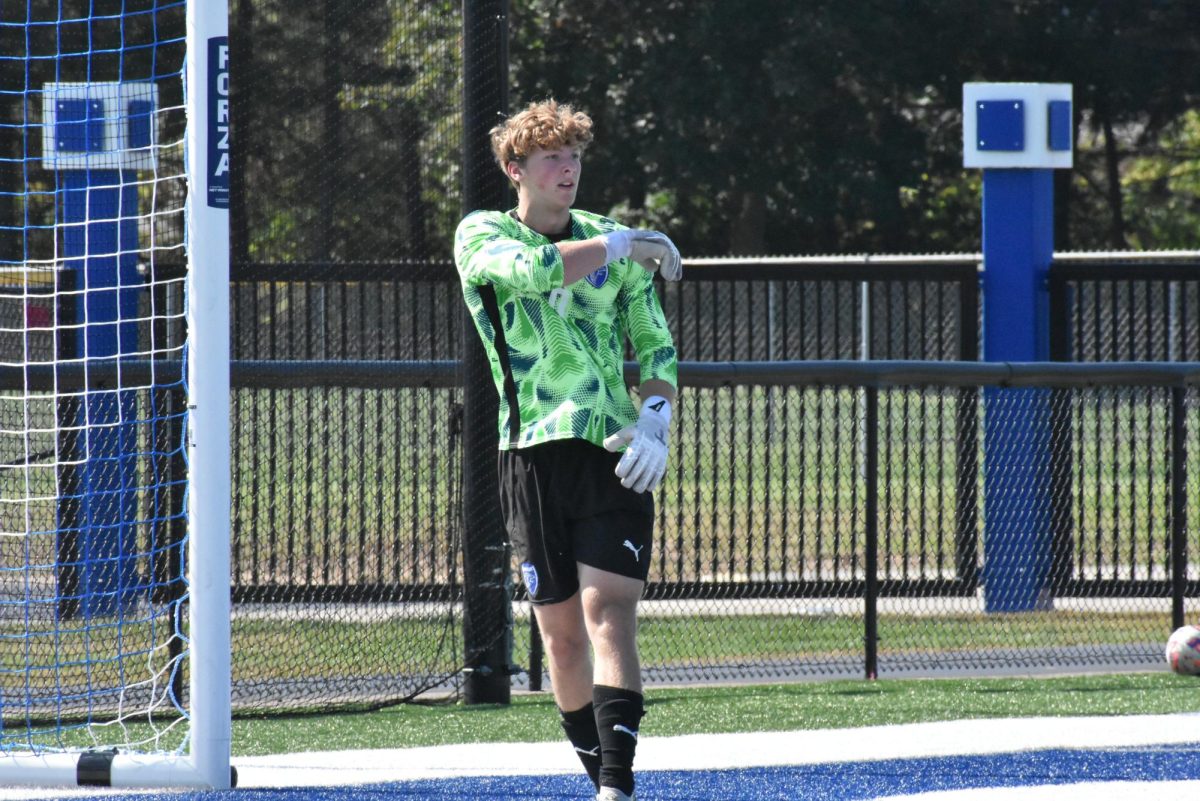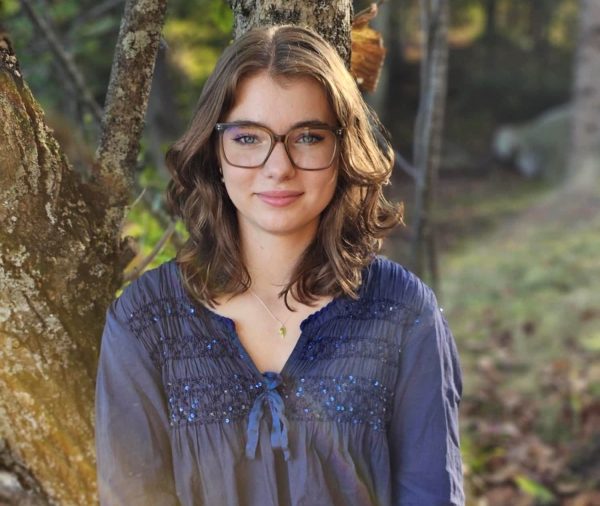Mark Naniot and Sharon Larson are the dedicated individuals who run Wild Instincts, a wildlife rescue center in Rhinelander. For more than 50 years, they have worked tirelessly to rehabilitate wild animals.
This year, they received thirteen orphaned black bear cubs. Their role is to take on the mother’s responsibility, caring for the cubs and helping them grow strong enough to return to the wild.
Usually, cubs stay with their mother for one and a half to two years. However, because caring for bears is extremely costly, the wildlife center can only afford to keep them for one year. During this time, the cubs are fed more food than they would typically find in the wild, ensuring they can survive the extra time alone before becoming fully independent. The goal is to release the bears back into the wild with the skills and strength they need to survive. To make that possible, the center maintains minimal contact with the cubs.
What happened to the mother? Bear cubs are orphaned for a variety of reasons. Sometimes, a den floods, and if this happens before the cubs are coordinated enough to keep up with their mother, they can easily and quickly become separated.
As cubs grow older and start moving around with their mom, cars pose a significant risk. Many sows (adult females) are struck by vehicles, leaving cubs behind. Poaching also presents a danger; some people kill mother bears illegally. Occasionally, a mother’s self-preservation instinct takes priority, and she doesn’t return for her cubs—this is more common with first-time mothers. Much like humans, some bear mothers are more attentive than others.
My experience: After a two-hour drive to Rhinelander, we arrived at Wild Instincts. The experience began with Mark Naniot and his assistants entering the enclosure to sedate the bear cubs. Once the cubs were unconscious, they were carefully carried to a testing station. In one of the photos above, you can see Mark carrying the smallest cub.
At the test station, each cub received an ear tag, and assistants conducted blood tests. Afterward, the cubs were gently placed into carriers, and we drove to the release site. The cages were lined up, and the bear cubs were released one by one. Still partially sedated, the cubs staggered around, looking almost drunk. Two of them took off immediately but kept circling back to us, one could only walk a few feet, and the last cub decided to climb a tree. Watching them return to their natural habitat was the highlight of my experience; it felt incredible to see them going back to where they belong. I had never seen a bear before so to be able to see five bear cubs was amazing. Thank you, Mark and Sharon, for allowing me to witness such an incredible journey. Your work is invaluable!
